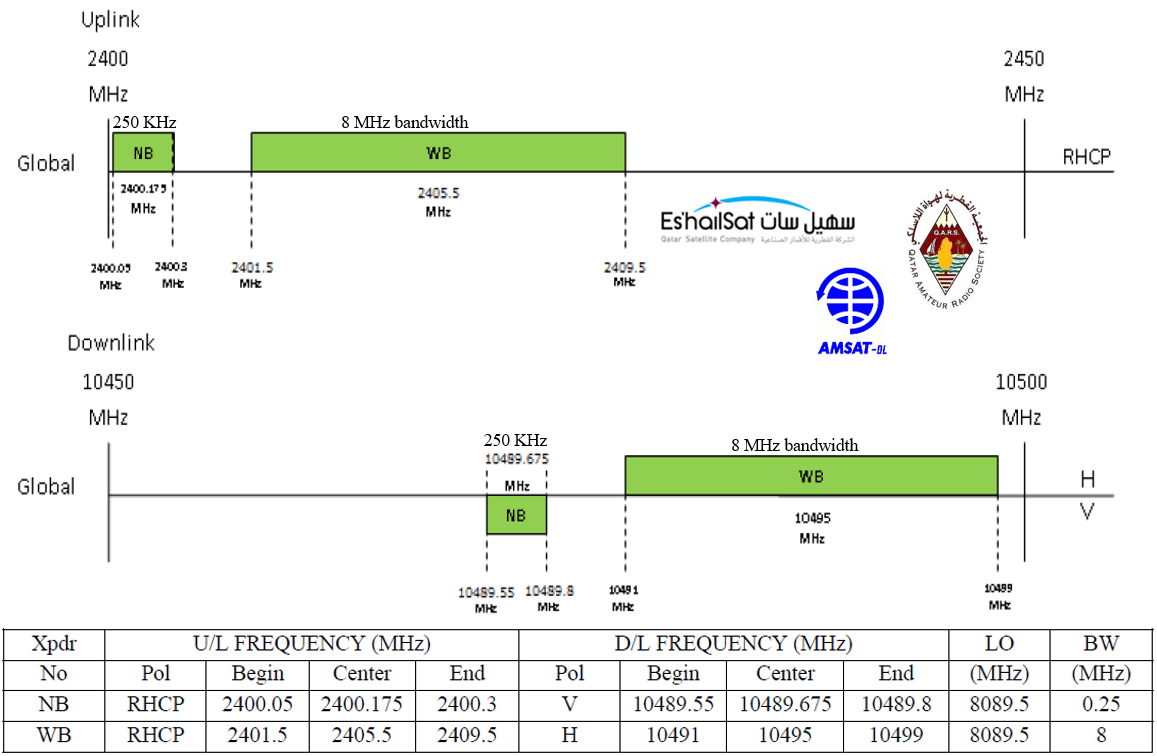
You will check that the uplink frequencies are always smaller than downlinks'. Take, for example, any of the UMTS FDD frequency bands. The UL goes from the user phone to a fixed base station. In this case, the situation is just the opposite. In the case of the UL, the so called "ground segment" consist essentially of several-dozen-meter-diameter antennas with whole buildings for the data processing and electrical supply, so the extra attenuation due to higher frequency is not as meaningful. Since we have a power constrain, it seems logic to transmit in the lower frequency. Thus, they cannot use big power for transmission.Īs you very well stated, the attenuation is higher at higher frequencies. For this reason, their equipment is also limited: they don't have big batteries and get their power essentially from solar panels. Satellites are constrained by their weight, being the cost around several thousands of euros per kilogram. If we take the typical Ka-band for satellite communication, we see that the UL is around 30 GHz, while the DL lays around 20 GHz. I will distinguish between two cases in which Uplink and Downlink (UL and DL from now on) are interchanged.

I would say it's all a matter of power consumption and handling capacity. If you could help me regarding the same, it would be very kind. I have searched almost everything (however, that's not possible). So, we require more bandwidth in DL than in UL and it can be attained only if DL freq.
#Uplink and downlink frequency download#
Generally, people download more than upload (however, its converging now). Hence, downlink frequency should be greater than uplink frequency. But due to the constraint on the amount of energy available on the MS battery, this approach is not feasible. So, in order to overcome the attenuation, MS has to transmit on high power. So, MS (mobile) has to transmit on uplink using higher freq. Hence, data is received as it should be (without attenuation).

So lets suppose that BTS (as in case of GSM) transmits using low frequency on the downlink.


 0 kommentar(er)
0 kommentar(er)
